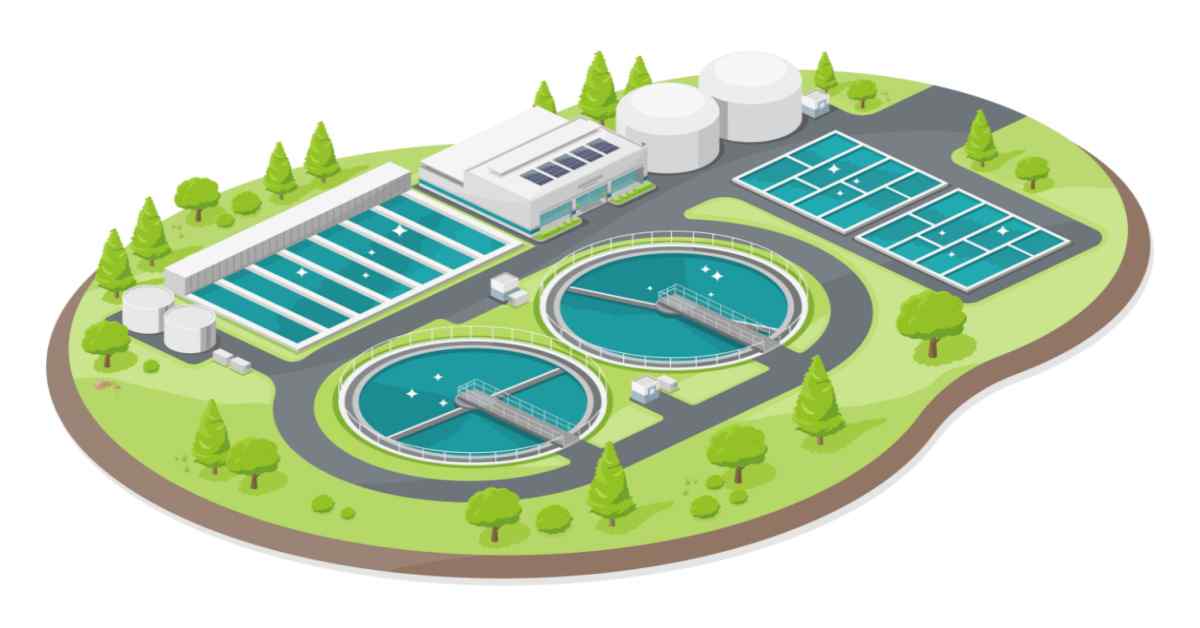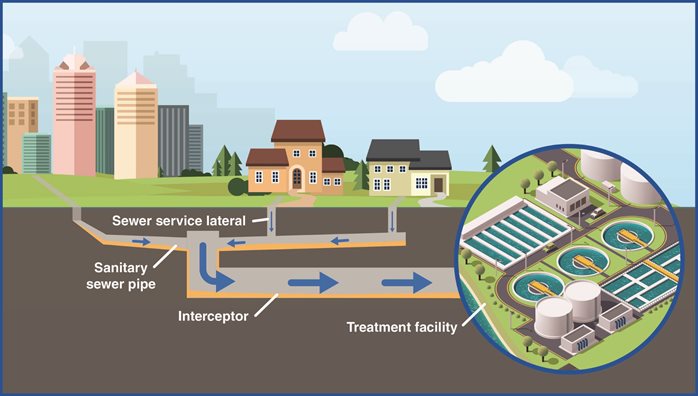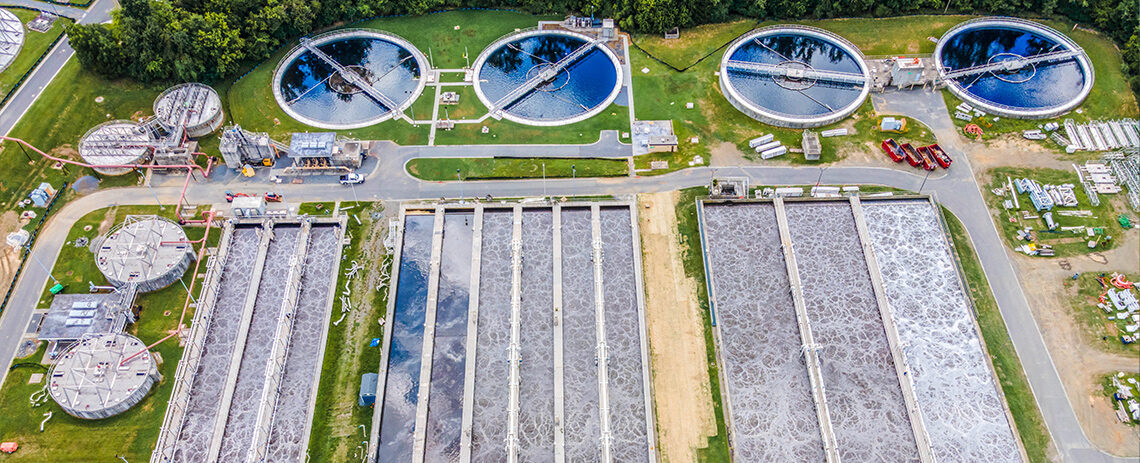Trusted Professionals Offering High-Quality Wastewater Solutions
Trusted Professionals Offering High-Quality Wastewater Solutions
Blog Article
Comprehending Wastewater Treatment Processes and Their Environmental Influence
The complexities of wastewater therapy processes play a critical duty in mitigating environmental difficulties connected with water contamination. Each phase, from initial to advanced therapies, is made to deal with certain impurities, ultimately securing both public wellness and aquatic environments. However, despite technological innovations in treatment effectiveness, considerable obstacles linger, including the management of residual contaminants and the effects of nutrient drainage. As we explore the complexities of these processes, it becomes important to doubt just how much existing techniques can evolve to meet the growing needs of sustainability and ecological conservation.
Review of Wastewater Therapy
Exactly how is wastewater transformed into a safe source for the atmosphere? Wastewater treatment is a vital process made to eliminate pollutants from utilized water, thus safeguarding public wellness and securing communities. This procedure begins with the collection of wastewater from residential, commercial, and industrial sources, which is after that guided to therapy facilities.
At these facilities, numerous physical, chemical, and biological techniques are used to treat the wastewater. Consequently, organic treatments, such as triggered sludge procedures, utilize bacteria to damage down natural matter.
The dealt with effluent can be securely discharged into all-natural water bodies or recycled for irrigation and industrial objectives, advertising resource preservation. Additionally, the treatment process creates biosolids, which can be repurposed as plant foods or soil changes, additionally boosting sustainability.
Stages of Treatment Procedures
The wastewater therapy procedure generally includes 3 key stages: preliminary, main, and second therapy. Each phase serves a distinct function in minimizing the toxin lots and guaranteeing the effluent meets ecological criteria prior to discharge.

The primary treatment stage focuses on the physical splitting up of put on hold solids from the wastewater. Via sedimentation, larger fragments clear up at the end of sedimentation tanks, developing sludge, while lighter products, such as oils and oils, float to the surface and are skimmed. This procedure considerably minimizes the natural and not natural load in the wastewater.
Second treatment is an organic procedure focused on additional minimizing the concentration of raw material. Numerous techniques, including activated sludge systems and flowing filters, make use of microbes to metabolize natural contaminants. This stage is essential for attaining the needed biochemical oxygen demand (BOD) decrease, inevitably causing cleaner effluent prepared for discharge or further therapy. Each stage is crucial in safeguarding ecological and public health and wellness.

Advanced Treatment Technologies
Adhering to the second treatment procedures, advanced therapy technologies play a crucial role in additional boosting the high quality of treated wastewater. These modern technologies are developed to get rid of recurring pollutants that are not properly eliminated throughout key and additional therapies, ensuring the effluent satisfies rigorous regulative requirements.
Amongst the widely used innovative treatment methods are membrane layer purification, reverse osmosis, and advanced oxidation processes. Membrane layer purification, including microfiltration and ultrafiltration, works in dividing great fragments, pathogens, and colloids from the water (Wastewater). Reverse osmosis uses semi-permeable membrane layers to eliminate liquified solids, causing top notch water suitable for various applications
Advanced oxidation processes (AOPs) use solid oxidants to weaken natural pollutants, including pharmaceuticals and individual treatment products that are resistant to standard treatment. These techniques improve the biodegradability of complex compounds, promoting their elimination.
An additional significant innovation is making use of biological nutrient removal processes, which especially target nitrogen and phosphorus, avoiding eutrophication in obtaining water bodies. Overall, advanced treatment innovations are vital for accomplishing greater levels of purification, promoting water reuse, and safeguarding public health while dealing with the challenges connected with wastewater administration.
Environmental Benefits of Therapy
Countless ecological benefits occur from effective wastewater therapy procedures that add to ecosystem health and wellness and sustainability. Mostly, these processes considerably reduce the launch of unsafe contaminants into natural water bodies, which aids preserve marine environments. By getting rid of impurities such as hefty steels, nutrients, and pathogens, treated wastewater reduces the risk of waterborne conditions and promotes biodiversity in aquatic atmospheres.
Furthermore, wastewater treatment centers commonly utilize advanced modern technologies that allow water recycling and reuse. This practice not just preserves fresh water sources however likewise decreases the need on natural water supplies. Enhanced nutrient elimination from wastewater can likewise prevent eutrophication, a process that leads see here to algal flowers and subsequent oxygen exhaustion in aquatic systems.
Furthermore, effective treatment processes can minimize greenhouse gas discharges, specifically methane and nitrous oxide, which are often released during unattended wastewater decomposition. By catching and using biogas from anaerobic digesters, facilities can convert waste right into renewable resource, therefore adding to a decrease in nonrenewable fuel source dependency.
Difficulties and Future Fads
While the environmental advantages of wastewater therapy are clear, several difficulties linger that hinder ideal end results in this area. One major issue is maturing framework, which frequently causes inefficiencies and enhanced operational expenses - Wastewater. Several therapy plants were designed decades back, and their capacities do not line up browse around these guys with modern-day needs, that include stricter regulatory standards and higher volumes of wastewater because of urbanization

Looking in advance, there is a growing focus on resource recovery and round economic climate principles within wastewater therapy. Advancements such as anaerobic digestion, which can produce biogas, and progressed filtering technologies are obtaining traction. These approaches not just enhance therapy efficiency yet likewise promote sustainability.
Eventually, dealing with these obstacles needs collaboration amongst stakeholders, investment in innovation, and a commitment to continuous research. By accepting these trends, the wastewater therapy industry can advance to satisfy the needs of a changing setting and society.
Final Thought
In verdict, wastewater treatment processes play a crucial duty in boosting ecological quality and public health. The multi-stage treatment framework, coupled with read this post here advanced innovations, efficiently alleviates contamination and advertises lasting water administration.
Report this page